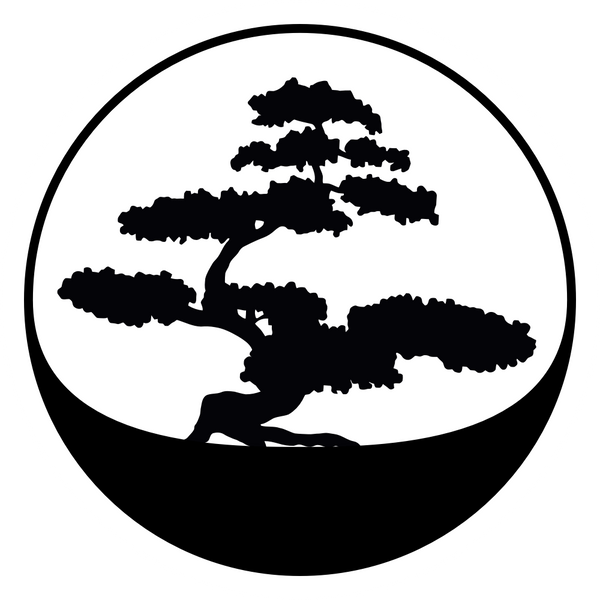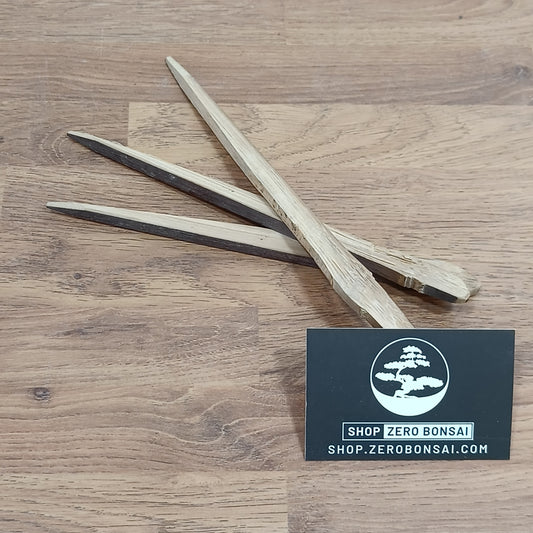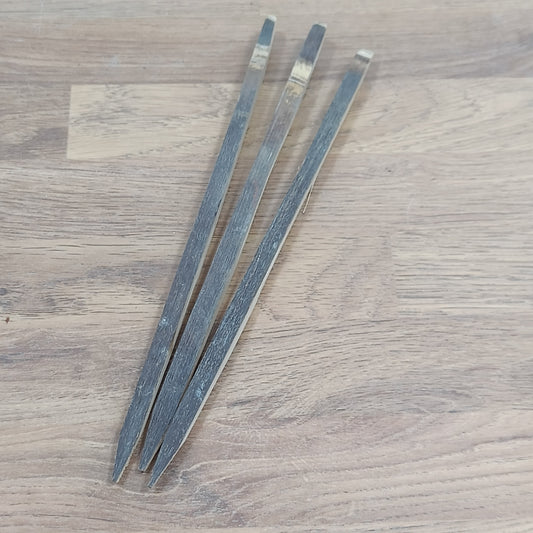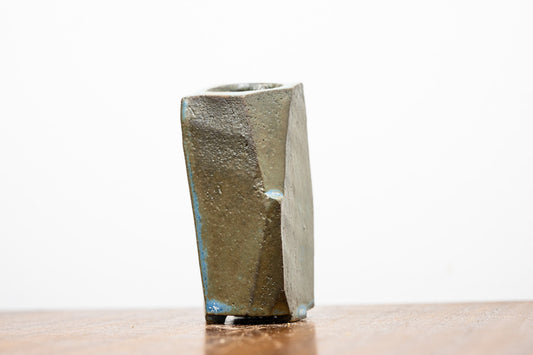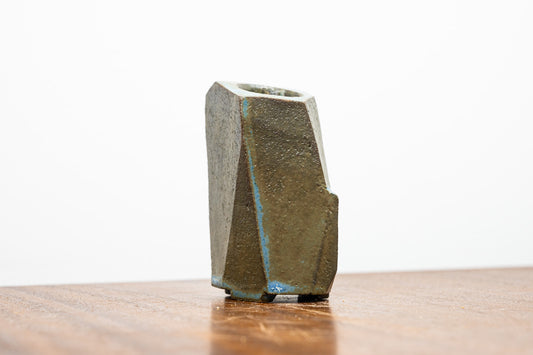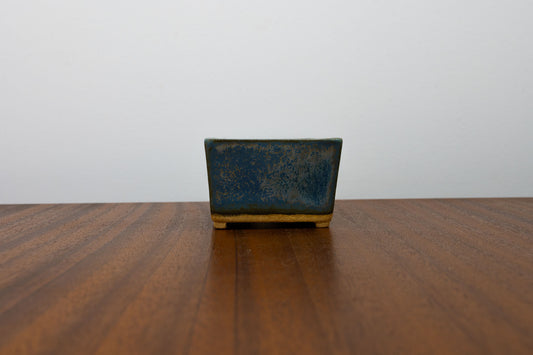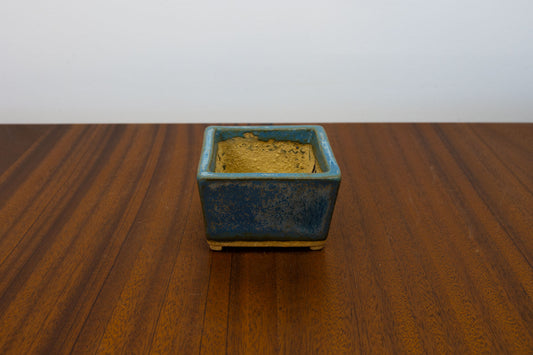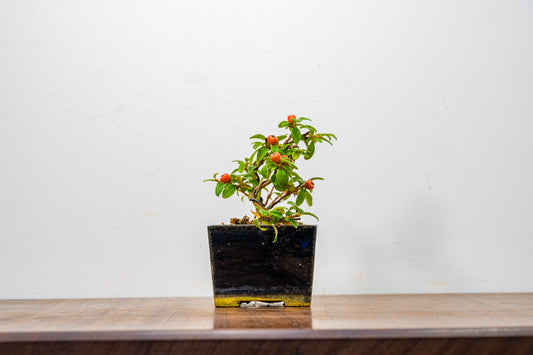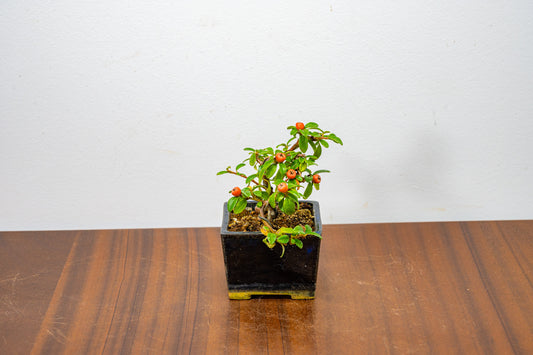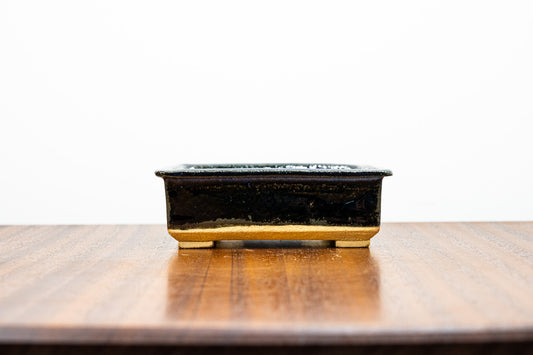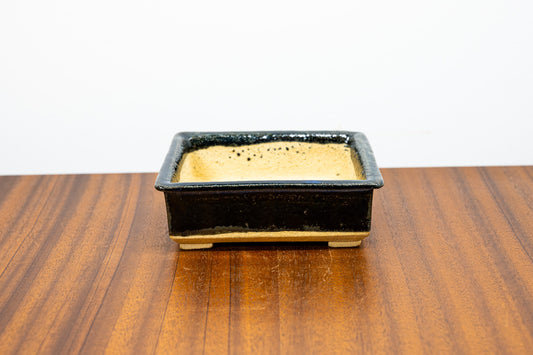If you've ever been captivated by the beauty of indoor bonsai trees showcased in books or magazines, you may be tempted to bring one into your home. However, it's important to understand that there is no such thing as an indoor bonsai or an indoor tree. All bonsai are naturally outdoor trees and are better cultivated outside. The only exception is tropical species that cannot tolerate lower temperatures and require artificial warmth to survive.
In Japan, bonsai trees are commonly brought inside for short periods of time as part of a display before being returned outdoors to recover. This practice highlights the fact that temperate climate bonsai trees need specific conditions to thrive, which are difficult to replicate indoors.
There are two main reasons why keeping temperate climate bonsai trees indoors for extended periods of time is not recommended:
-
Dormancy: All deciduous and coniferous trees require a period of dormancy triggered by cooler temperatures. Without this dormancy, trees can continue to grow for up to two years before going dormant, regardless of the season or temperature. However, this forced dormancy can often be fatal for the tree.
- Growing Conditions: Providing adequate growing conditions for trees indoors is challenging. Light levels are significantly lower indoors, humidity levels are poor, and air circulation is limited. For species that are hardy in frosts, it is far better to cultivate them outside year-round where conditions are conducive to their health and vigor.
On the other hand, tropical species of bonsai trees require temperatures above a certain threshold, typically around 10-15°C, depending on the species. In cool temperate areas, this means that many tropical bonsai trees can only be kept outside for a few months during the summer, requiring proper care indoors for the rest of the year.
Light: Indoors, light levels are generally inadequate for most tree species. Even on a bright window-sill, light levels drop rapidly the further you are from a natural source of light. Glass filters out many of the UV rays that plants require for photosynthesis, which can lead to insufficient light even if the sunlight feels warm. Trees that do not receive enough light will fail to grow strongly, resulting in long internodes and leggy growth. Some tropical species, however, are adapted to low-light conditions and can tolerate lower light levels indoors. To provide sufficient light for indoor bonsai trees, they should be placed on sunny window-sills or provided with overhead fluorescent lamps. While this may be suitable for many tropical species, it is still too dark for ordinary woody temperate species.
Dormancy: Woody temperate-climate bonsai trees require a dormant period of at least 42 days with temperatures of 10°C or lower. Most deciduous trees will lose their leaves during this time, while some evergreen species like Chinese Elm may remain green. Evergreen species, especially conifers, will significantly slow down their growth rate during dormancy. On the other hand, tropical species do not have a specific dormant period and continue to grow throughout the year.
Air Circulation and Humidity: Central heating systems in homes reduce humidity levels to near desert-like conditions. Bonsai trees require good humidity levels to thrive indoors, and there are several ways to address this issue:
- Avoid placing bonsai trees above radiators, as this leads to poor humidity levels. Radiators should generally be avoided as they also cause temperature fluctuations.
- Misting the trees can help increase humidity levels and clean the leaves from dust and dirt. However, excessive misting can result in salt deposits on leaves and over-wet bonsai compost. It is more effective to maintain a humid surrounding area by using a humidity or gravel tray. This tray holds water with small stones or pebbles, and the bonsai tree is placed on top of the stones. As the water evaporates over 1 or 2 days, it creates a continuous humid atmosphere around the tree. It's important to ensure that the bonsai pot can still drain fully and sits above the water in the humidity tray.
Pests and Diseases: Indoor bonsai trees are just as susceptible to pests and diseases as outdoor trees. In fact, bugs that would normally be killed during winter can thrive indoors year-round. Ordinary insecticides can be used to deal with these issues.
In summary, successfully growing bonsai trees indoors is not an easy task. While some trees may appear unaffected for the first year or two, they often lose their health and vigor over time, making them difficult to keep alive. It's important not to assume that a tree purchased from a garden centre or bonsai retailer as an indoor bonsai will thrive indoors. Understanding the specific needs of bonsai trees and providing the right conditions is crucial for their long-term health and survival.
